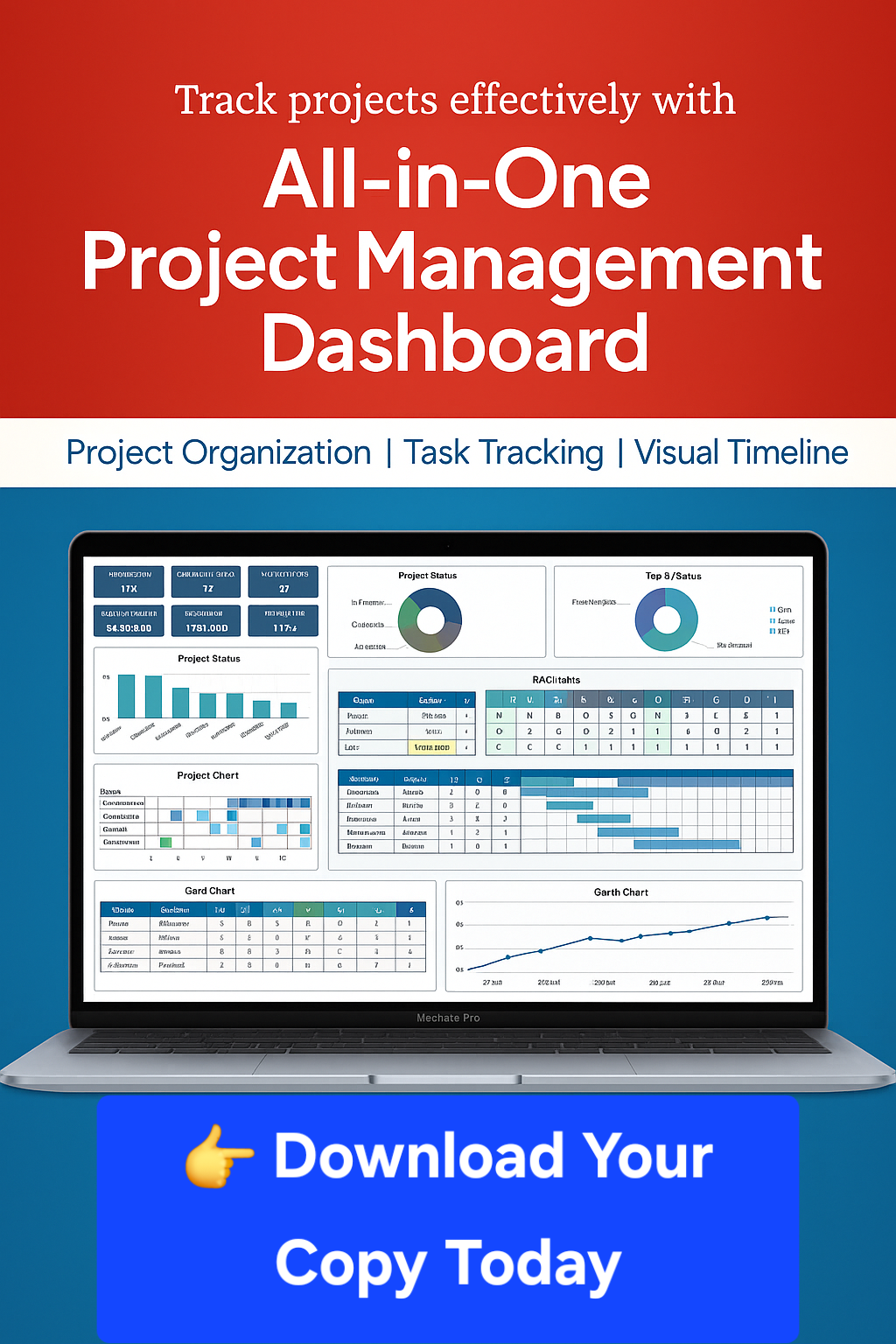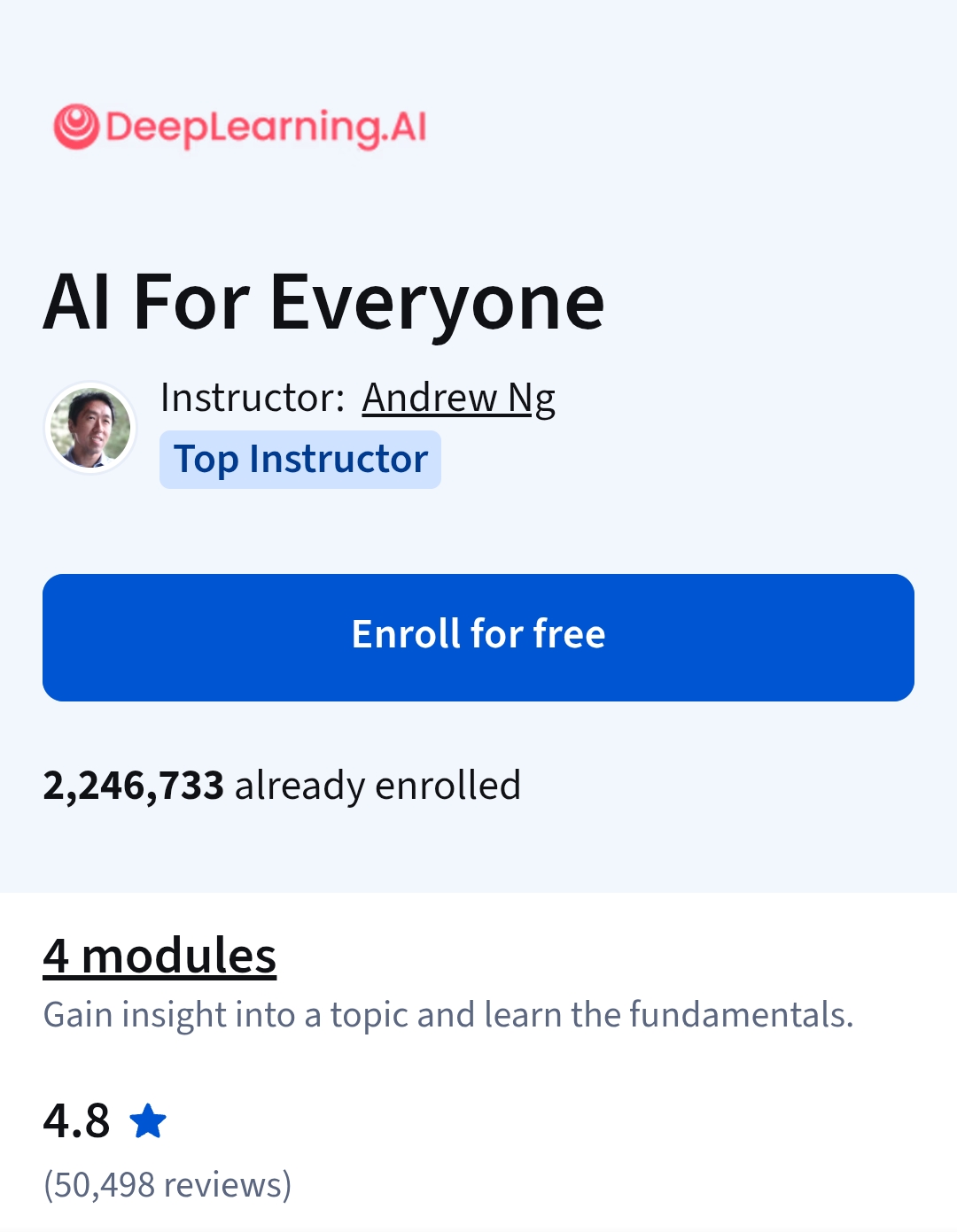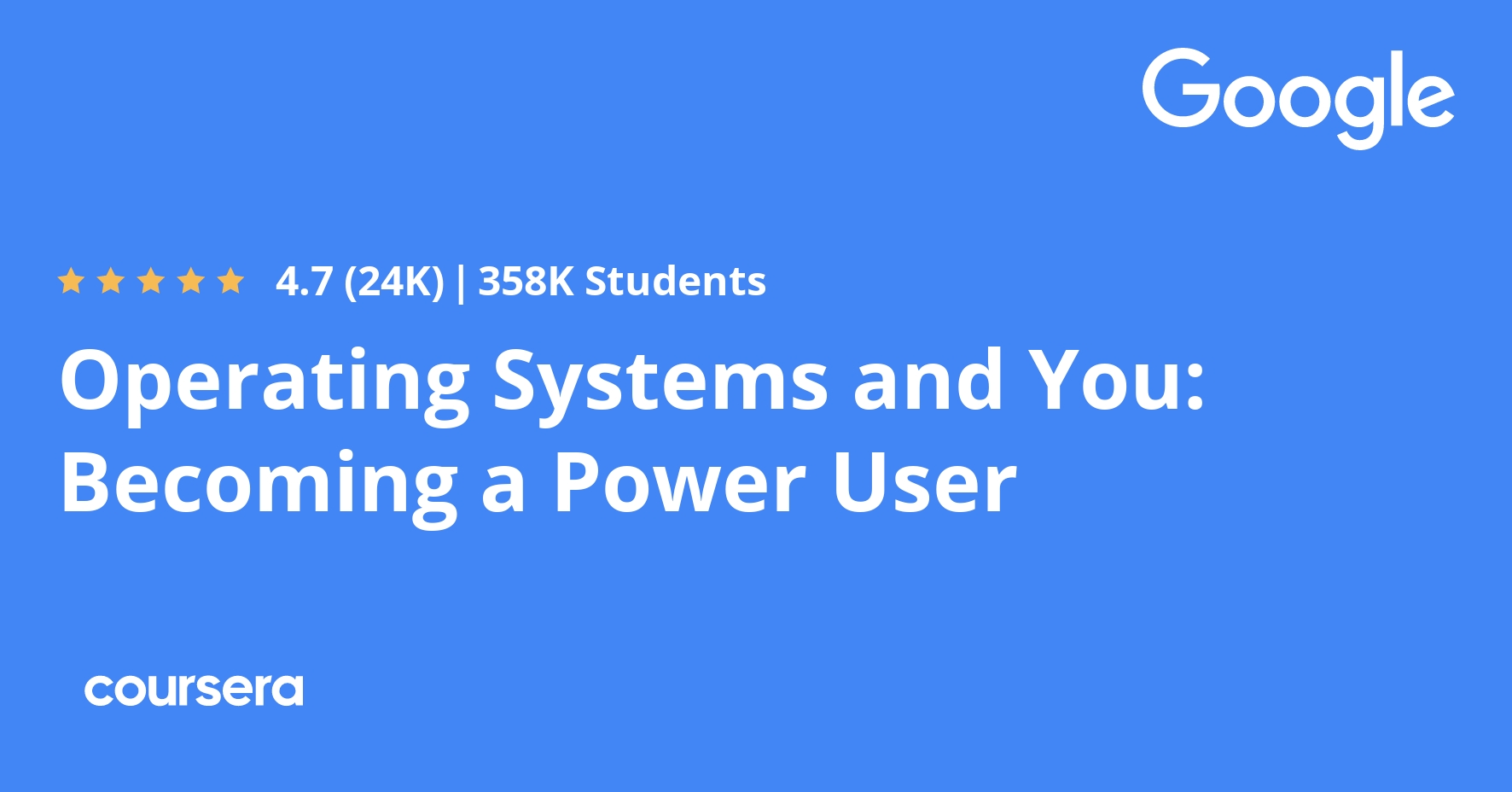Description
In this course — through a combination of video lectures, demonstrations, and hands-on practice — you’ll learn about the main components of an operating system and how to perform critical tasks like managing software and users, and configuring hardware.
By the end of this course you’ll be able to:
● navigate the Windows and Linux filesystems using a graphical user interface and command line interpreter
● set up users, groups, and permissions for account access
● install, configure, and remove software on the Windows and Linux operating systems
● configure disk partitions and filesystems
● understand how system processes work and how to manage them
● work with system logs and remote connection tools
● utilize operating system knowledge to troubleshoot common issues in an IT Support Specialist role
What you will learn
Navigating the System
Welcome to the Operating Systems course of the IT Support Professional Certificate! In the first week of this course, we will cover the basics of Windows and Linux operating systems (OS). We will learn about how directories and files work in Windows and Linux OS. You will also learn practical ways to manipulate files and directories in the Windows graphical user interface (GUI), Windows command line interface (CLI), and Linux shell. By the end of this module, you will interact with files and directories and perform basic text manipulation in Windows and Linux OS.
Users and Permissions
In the second week of this course, we’ll learn about configuring users and permissions in Windows and Linux OS. As an IT Support Specialist, it’s important to know how to grant the appropriate permissions to users and groups for both Windows and Linux OS. By the end of this module, you will know how to add, modify, and remove users for a computer and for specific files and folders by using the Windows GUI, Windows CLI, and Linux shell.
Package and Software Management
In the third week of this course, we’ll learn about package and software management in Windows and Linux OS. It’s important to know how package installs work and how devices and drivers are managed within these operating systems. We will also learn about different packaging and file compression methods. By the end of this module, you will know how to create, update, and remove software by using the Windows GUI, Windows CLI and Linux shell.
Filesystems
In the fourth week of this course, we’ll learn about how filesystems work for Windows and Linux OS. We’ll learn about filesystem types and why they’re different for certain OS. We’ll learn about disk partitioning and virtual memory and why these are so important for an IT Support Specialist’s role. We’ll also cover ways mount and unmount filesystems, read disk usage, and repair filesystems. By the end of this module, you will partition and format a disk drive yourself in both Windows and Linux.







